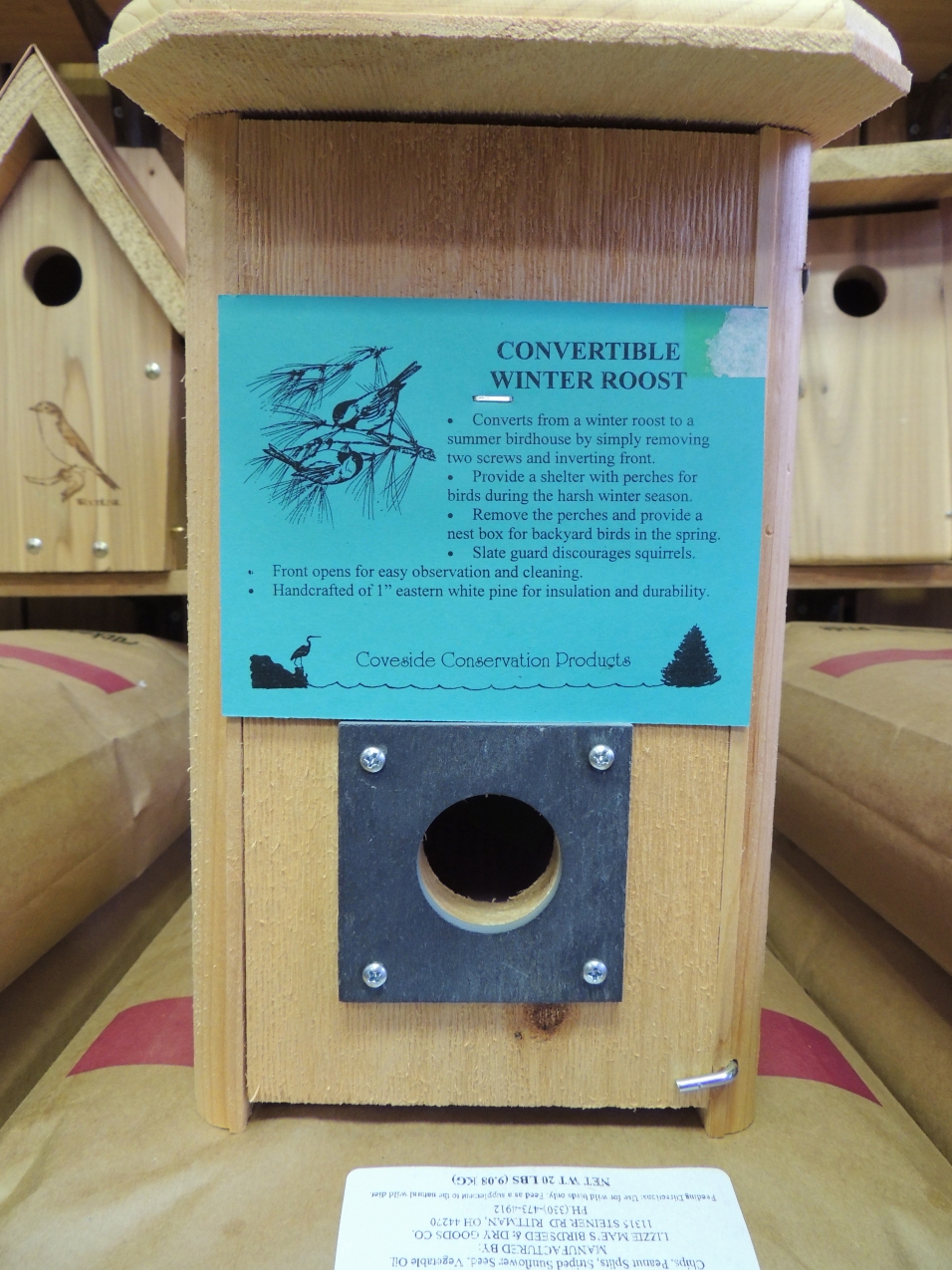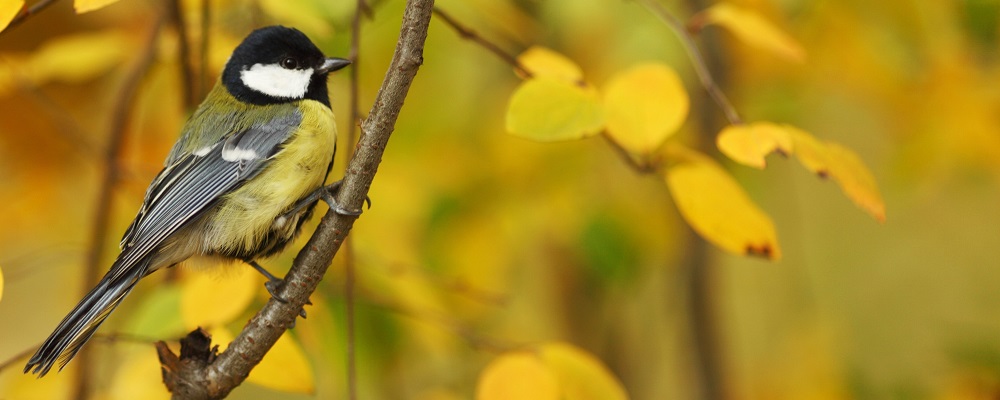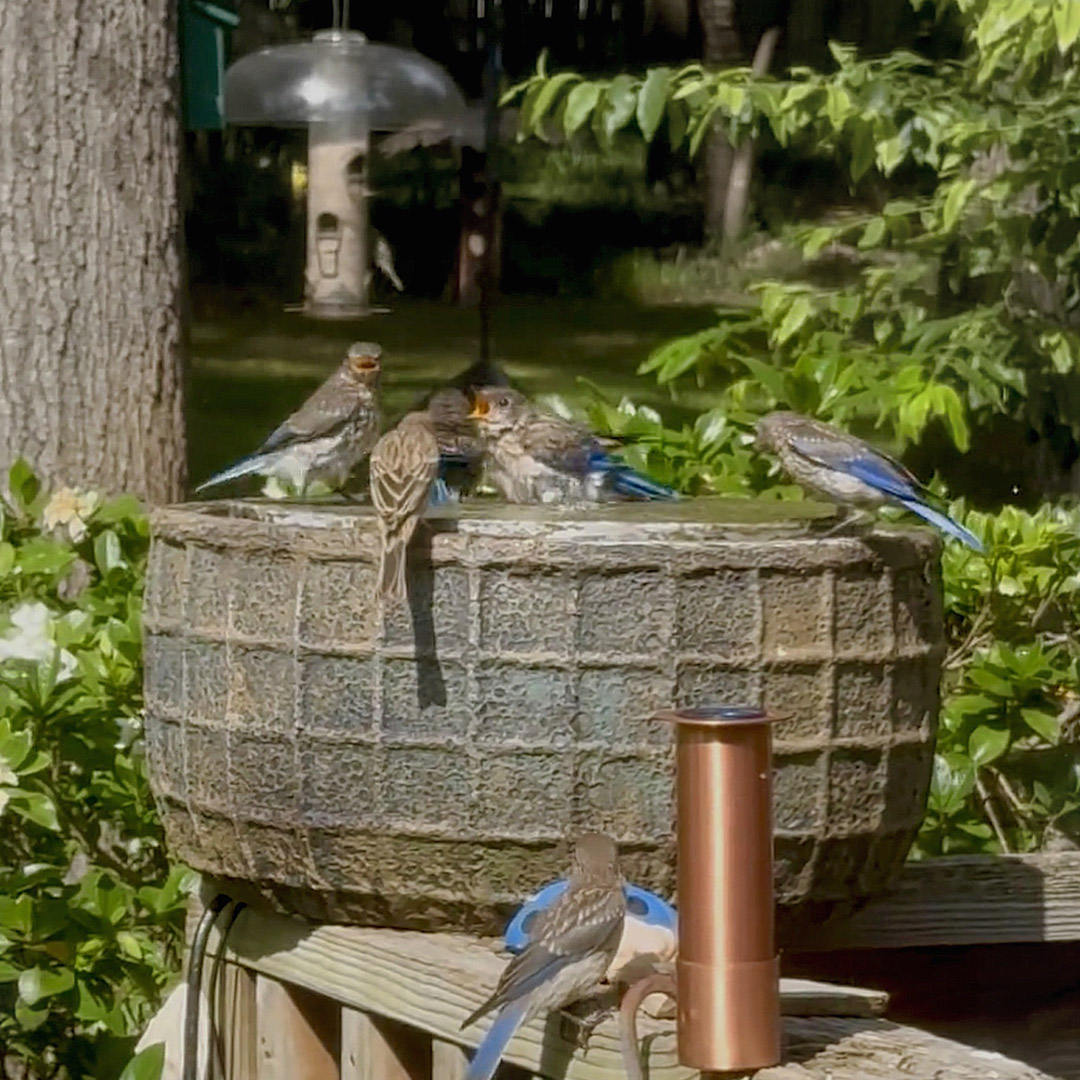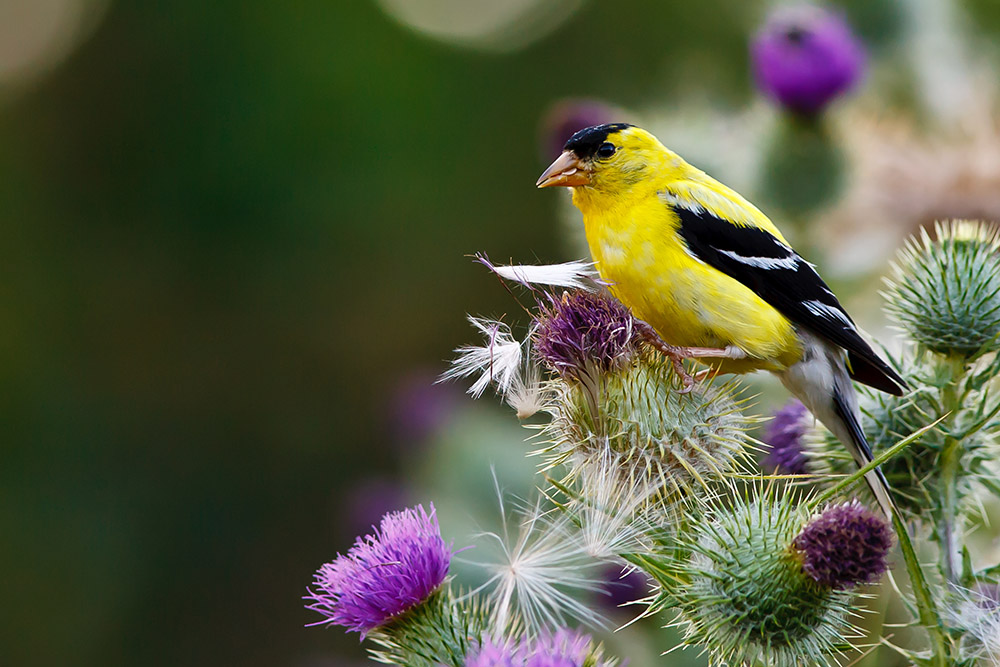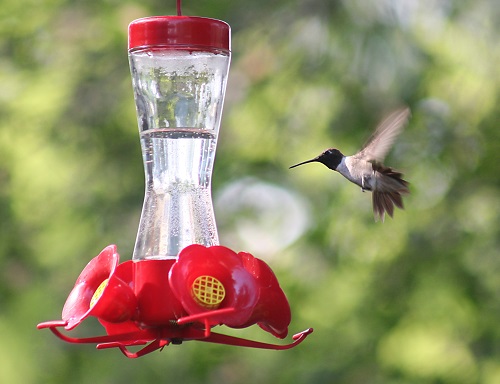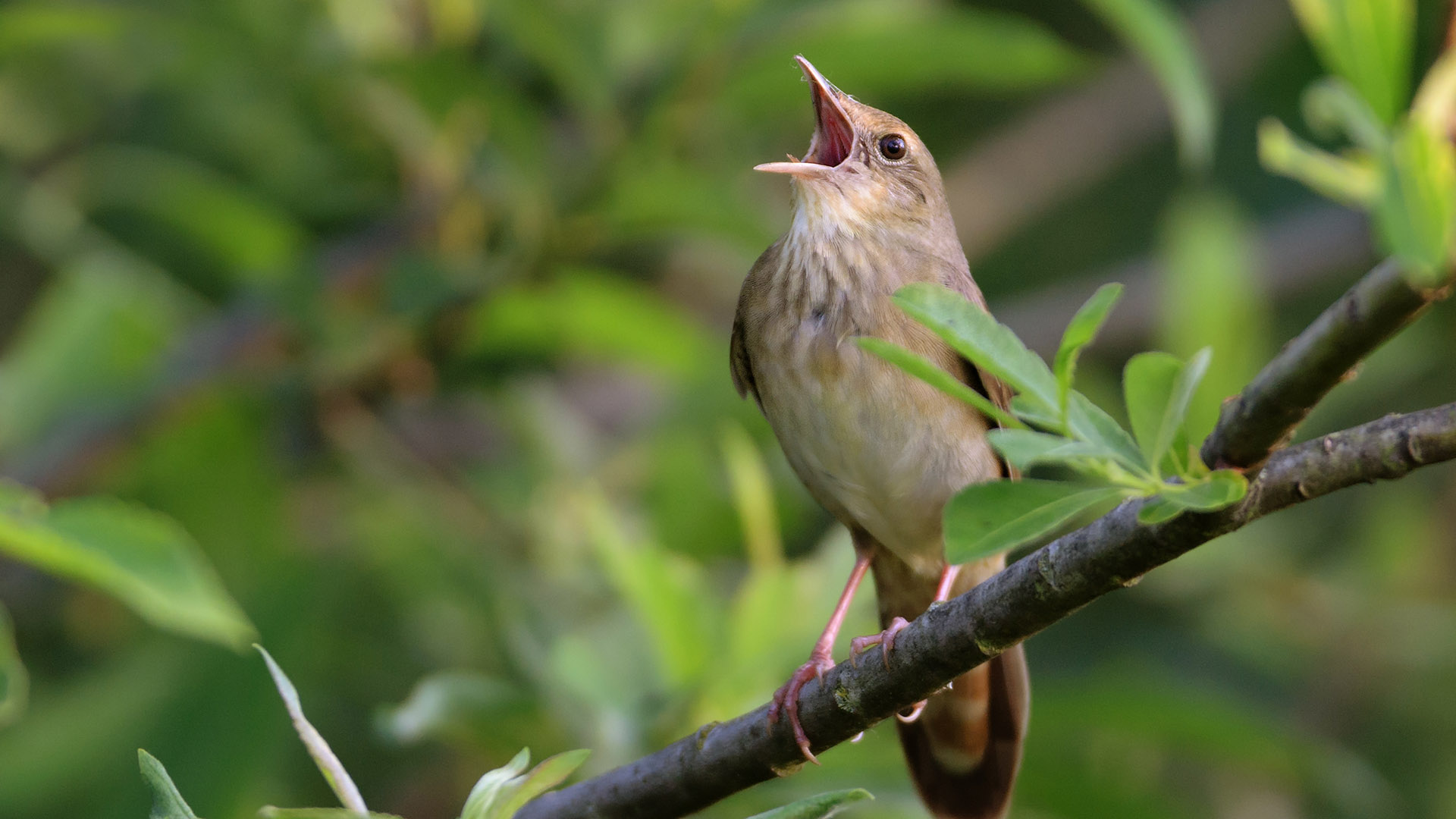This month is one of the most difficult months for wild birds.
During National Bird Feeding Month we encourage people to provide food, water, and shelter to help wild birds survive.
While many of the top ten feeder birds can be found year round, others may only visit during spring and fall migration or during the breeding or wintering season. By providing bird seed and bird feeders year round, offering alternative bird foods and water, putting up bird houses, and making your yard safe for birds, you can enjoy America’s ‘Most Wanted’ backyard birds.
The Top Ten Backyard Birds east of the Rocky Mountains are:
American Goldfinch, Chickadee (Black-capped/Carolina), Dark-eyed Junco, Downy Woodpecker, House Finch, Northern Cardinal, Rose-breasted Grosbeak, Ruby-throated Hummingbird, Tufted Titmouse, and White-breasted Nuthatch.
With the exception of the hummingbirds, who feed on nectar, the top ten birds eat bird seed. Among their most preferred bird foods are black-oil sunflower, Nyjer® (thistle), sunflower hearts, and white proso millet and are attracted to tube, hopper, and platform bird feeders.
One third of the U.S. adult population feeds wild birds in their backyards.
Backyard bird feeding is an entertaining, educational, and inexpensive pastime enjoyed by children and adults. Bird feeding provides a needed break from today’s hectic lifestyles. Adults enjoy the relaxation and peacefulness afforded by watching birds — nature serves to relieve the stress and can get one’s day going on a tranquil note.
Young children are naturally drawn to the activities involved in feeding wild birds, which can serve as excellent educational tools. Children can identify different species of birds with a field guide and can learn about the birds’ feeding and living habits. These observations can then provide excellent research opportunities for school projects and reports.
So, whether you live in a rural, suburban or urban environment, there are always birds that can be attracted to your yard. Having the right combination of food and feeders is the key to a successful bird feeding experience.
How to Get Started
Feeding wild birds in the backyard is an easy hobby to start and need not overtax the family budget. It can be as simple as mounting a single feeder outside a window and filling it with bird seed mix. For many people, the hobby progresses from there. They discover the relationship between the type and location of feeders, and the seeds offered in them, and the number and varieties of birds attracted. Parents can challenge an inquisitive child’s mind as they explore together these factors in trying to encourage visits by their favorite birds.


